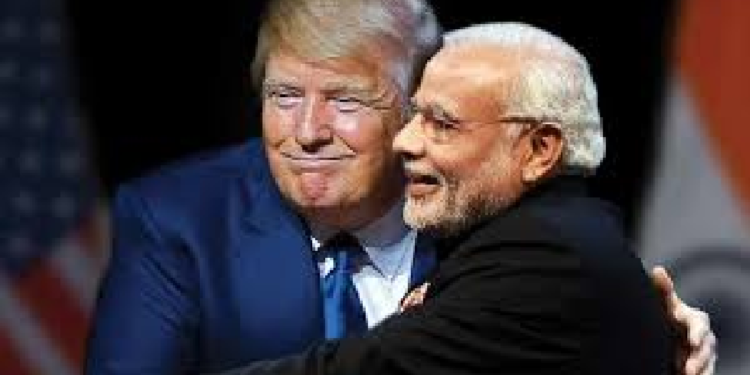On May 2018, trump administration had placed India on the list of countries with potentially questionable foreign exchange policies. The list included China, Germany, Japan, South Korea, Germany, Italy, Ireland, Singapore, Malaysia, Vietnam and Switzerland. Now, US has removed India from the currency monitoring list, making it the 2nd country to be removed alongside Switzerland.
In 2018, India’s net foreign exchange sales was equal to 1.7 percent of GDP, whereas, as compared to 2017, the country did not have sales and was in fact a net buyer of foreign exchange. The purchase of foreign exchange makes the currency of a country weaker as compared to US dollar, whose demand rises. The ‘weaker’ currency is helpful in making exports more competitive in the international market. On the other hand, sale of foreign currency (US dollar in this case) makes the domestic currency stronger as the demand of US dollars weakens.
Trump was opposed to the fact that many countries such as China deliberately keeps the value of its currency low, therefore, making their exports more competitive in the international market. The American manufacturers were losing to Chinese, since the labor was cheap there, and hence the goods produced in America had become uncompetitive.
The US has a trade deficit of almost 700 billion dollars of which China accounts for almost half. Trump is vehemently opposed to the current trade relations between America and China because they are heavily skewed in favor of China. In 2016, China was the largest goods trading partner with 578.2 billion dollars in total (two way) goods trade during 2016. Goods exports totaled 115.6 billion dollars; goods imports totaled 462.6 billion dollars. The U.S. goods trade deficit with China was 347.0 billion dollars in 2016.
India has ‘ample’ of foreign reserves for ‘crisis’ situation and therefore as per United States, Indian should not buy more US dollars and ‘manipulate’ the currency to make its exports competitive. As per the report of US treasury department, the scale and frequency of foreign exchange purchases by India and Switzerland is on decline. “India’s circumstances have shifted markedly, as the central bank’s net sales of foreign exchange over the first six months of 2018 led net purchases over the four quarters through June 2018 to fall to USD 4 billion, or 0.2 per cent of the GDP,” said the US treasury October 2018 report.
India’s relations with the United States have improved considerably in the last two decades. There is a bipartisan consensus in America that they should engage more closely with India on economic, defense and foreign policy matters. Modi government has engaged United States in a very positive matter. China is a common adversary of United States and India therefore cooperation between the two countries is obvious.
India has the capacity to replace China as the ‘factory of the world’, especially when concerned with United States. The availability of ‘cheap labor’ and capital could help India in becoming the manufacturing hub the American companies are looking for. An amicable US and Indian relationship would be very important for the world in the 21st century, given the fact that one of them is a superpower, while other one is seeking to replace it through peaceful cooperation.































